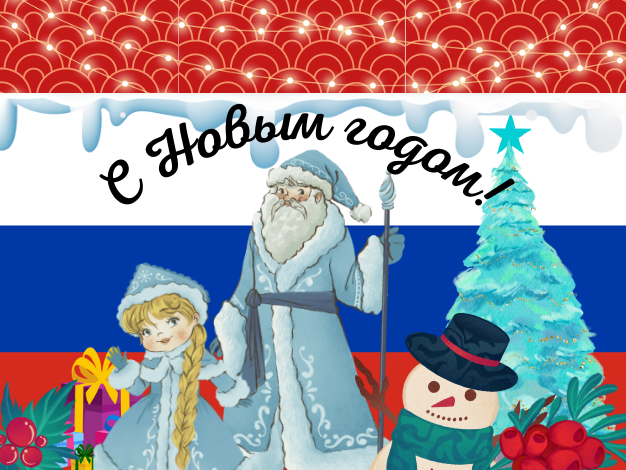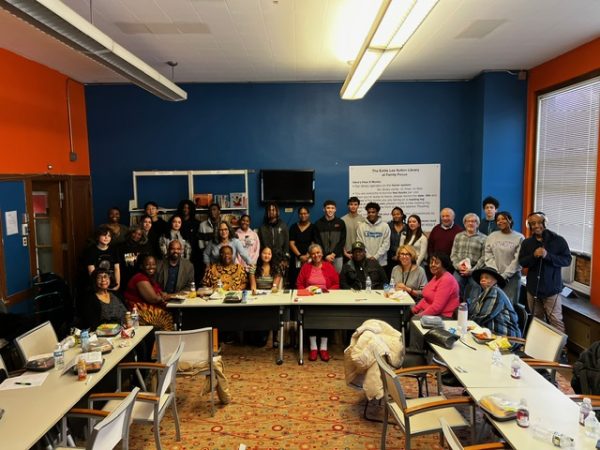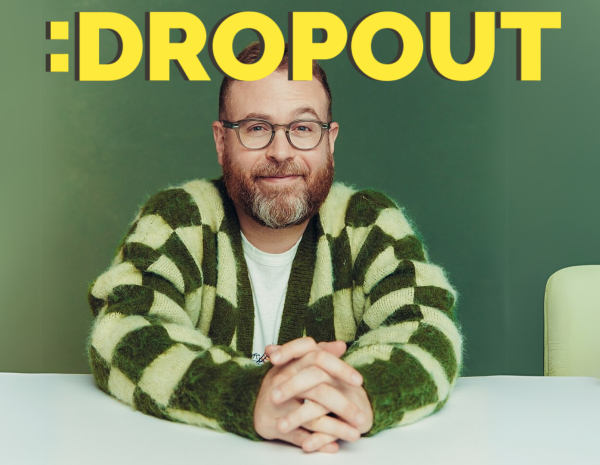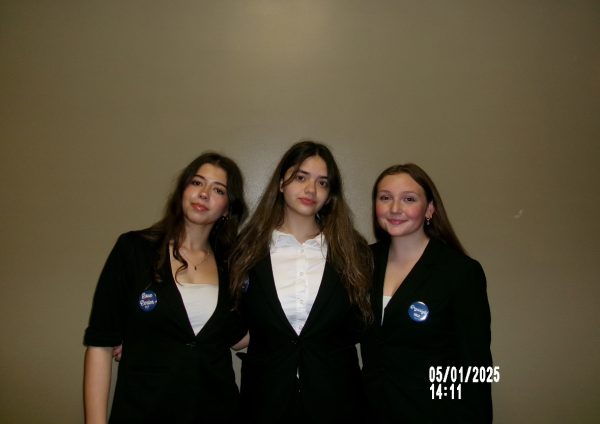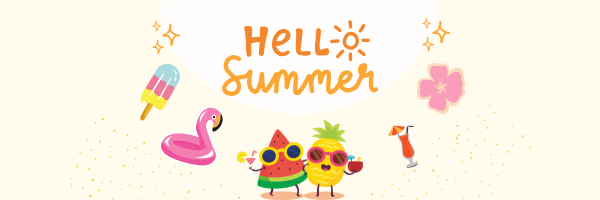Having a Slavic new year: The untold story of “Russian Christmas”
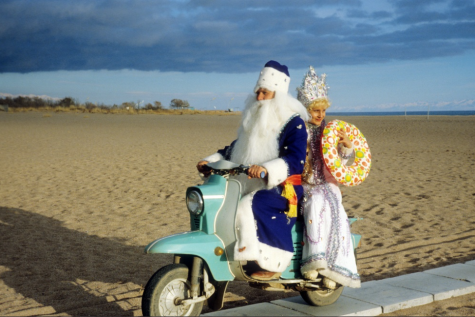
With winter holidays around the corner, many people around the world are eagerly waiting for exciting celebrations such as Hanukkah, Kwanzaa, and Christmas. While gift-giving in winter is usually associated with those holidays, many Russians and Soviets think of their own holiday that is so similar to Christmas, that it even has their own version of Santa Claus.
Novy God (Новый год), meaning New Year, is a Russian holiday that marks the beginning of the upcoming year with presents the night before and the morning of the new year (Dec. 31 – Jan. 1). Despite its similarities to Christmas, the holiday is completely secular, with its most famous figure being Ded Moroz (Дед Мороз), meaning Grandfather Frost. Ded Moroz is essentially the Slavic Santa Claus, as he too delivers presents to all the well-behaved children who celebrate the holiday. Though he looks like Santa Claus with white hair and a long white beard, even wearing red sometimes, his heel-length fur coat can also be seen in blue or white, usually with snowflakes on it. He even has the same kind of droopy festive cap that Santa wears. However, he’s depicted as a very slender and tall man, in contrast to the jolly ol’ St. Nick.
When delivering presents, though he can fit through chimneys better than the big red Santa Claus, he chooses to go door-to-door. And, instead of getting help from 9 flying reindeer to pull a sleigh, he travels the snowy forests and mountains of Europe on his troika (similar to a sleigh) pulled by his 3 steely white horses. To help Ded Moroz with delivering presents, instead of having an army of little elves, he brings his granddaughter Snegurochka (Снегурочка), meaning “snow maiden.” She’s usually depicted wearing similar clothes as her Grandpa Frost, having long golden pigtails, and a huge, shiny tiara on her head.
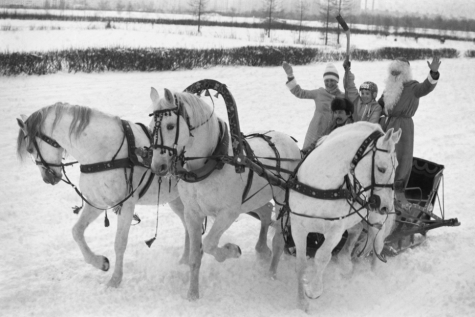
Novy God itself is a huge celebration with a long history going as far back as the reign of Tsar Peter the Great. Peter’s Novy God and the modern one are quite similar, both with Russian streets being decorated for the holiday, primarily with pine, juniper, and fir trees, which evolved into a novogodnaya yolka (новогодняя ëлка), meaning New Year’s (fir) tree. These, like Ded Moroz, are associated with the color blue, and just like Christmas trees, are decorated with bright lights, ornaments, and even a star on top. Though this is not coincidental, as all religious holidays, including Christmas, had been abolished in the Soviet Union as a campaign against religious influence since 1928. That was mostly the case until Soviet Stalinist politician Pavel Postyshev proposed the secular Novy God in 1935 as a holiday celebrated for the benefit of Soviet youth. It would adopt many Christmas traditions, like Ded Moroz, Novogodnaya yolka, and giving away presents.
Above all else, Novy God is about spending time with family, friends, and waiting for the new year to begin. You may even have some friends or teachers that celebrate Novy God and not even know it.
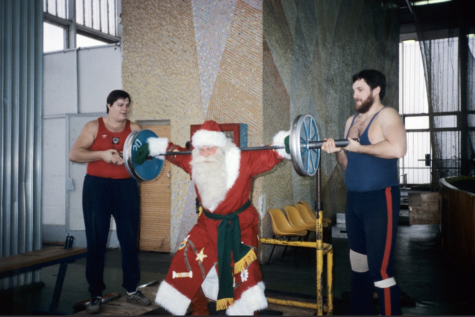
“In Montenegro…but it’s probably all over Europe, New Year’s, it’s one of the oldest customs. It’s not like a “Christmas Year,” it’s actually Novy God in Europe. We celebrate with the family, we invite friends…we celebrate with a lot of food, we always try to dress up nice. We celebrate the new year happy…we are hoping the new year will bring us more happiness and beautiful moments. We do exchange gifts for New Year’s…as a symbol for New Year, we put up a tree. So that’s why we don’t call it a Christmas tree, we call it a New Year’s Tree” Point specialist Sabina Kukalj said.
“I’ve actually started only celebrating [Novy God] recently. It does have a very deep connection to family for me, as every Novy God, I go with my family on a road trip and meet up with family friends, and we have a big party. And it’s a great time, and we have a lot of fun, and it just fills me with a sense of family, community, and just happiness. It’s a wonderful time” Sophomore Jacob Rapoport said.
Novy God’s history and celebrations are not that well known, despite its importance among Slavs everywhere. But now, with all of this in mind, as you ring in the new year, you’ll think of all the Slavic people in the world celebrating their own gift-giving New Year’s holiday.

James "Jimmy" Ryan Prizant is a senior at Niles North and the first lead copy editor for North Star News. In his free time he enjoys bowling, listening...


